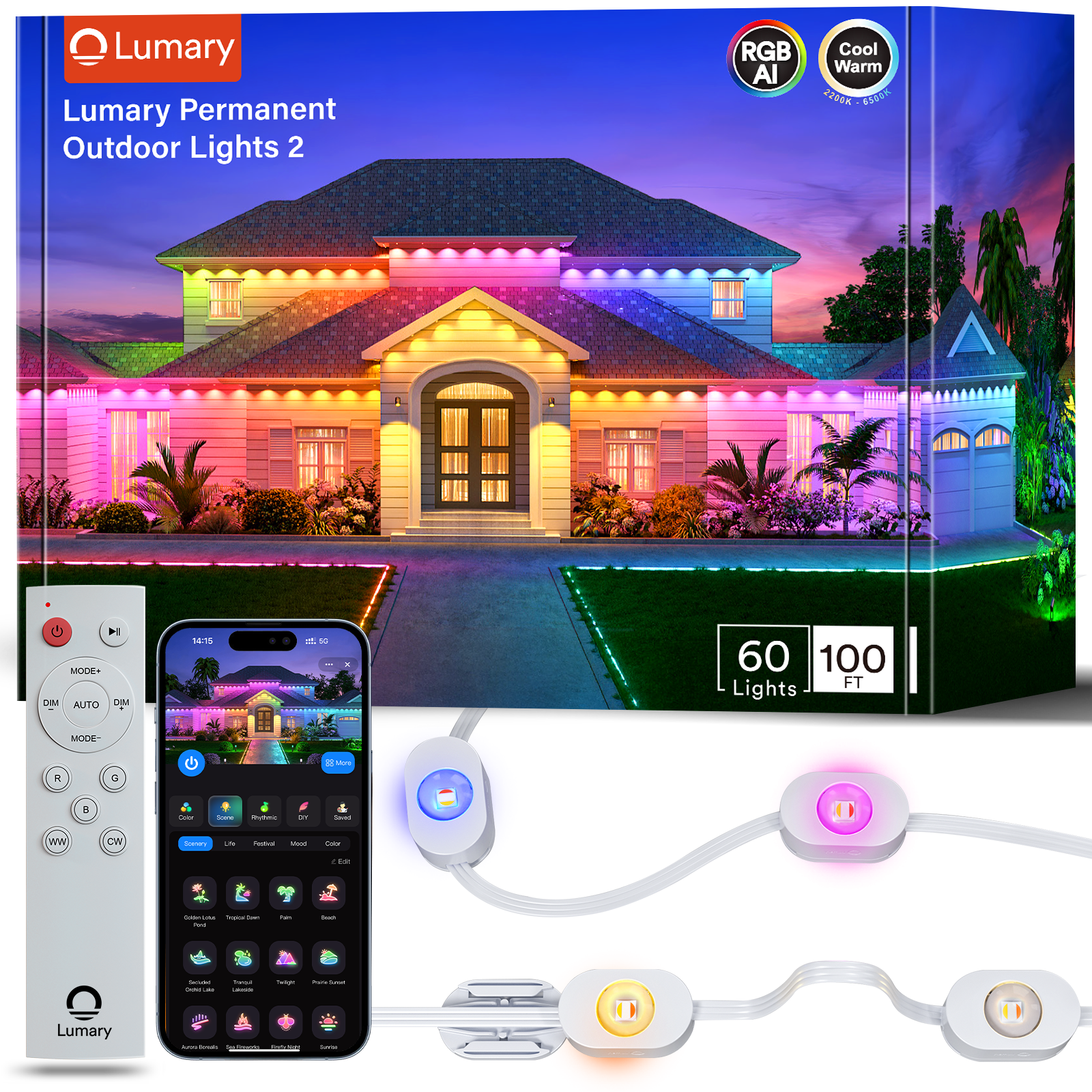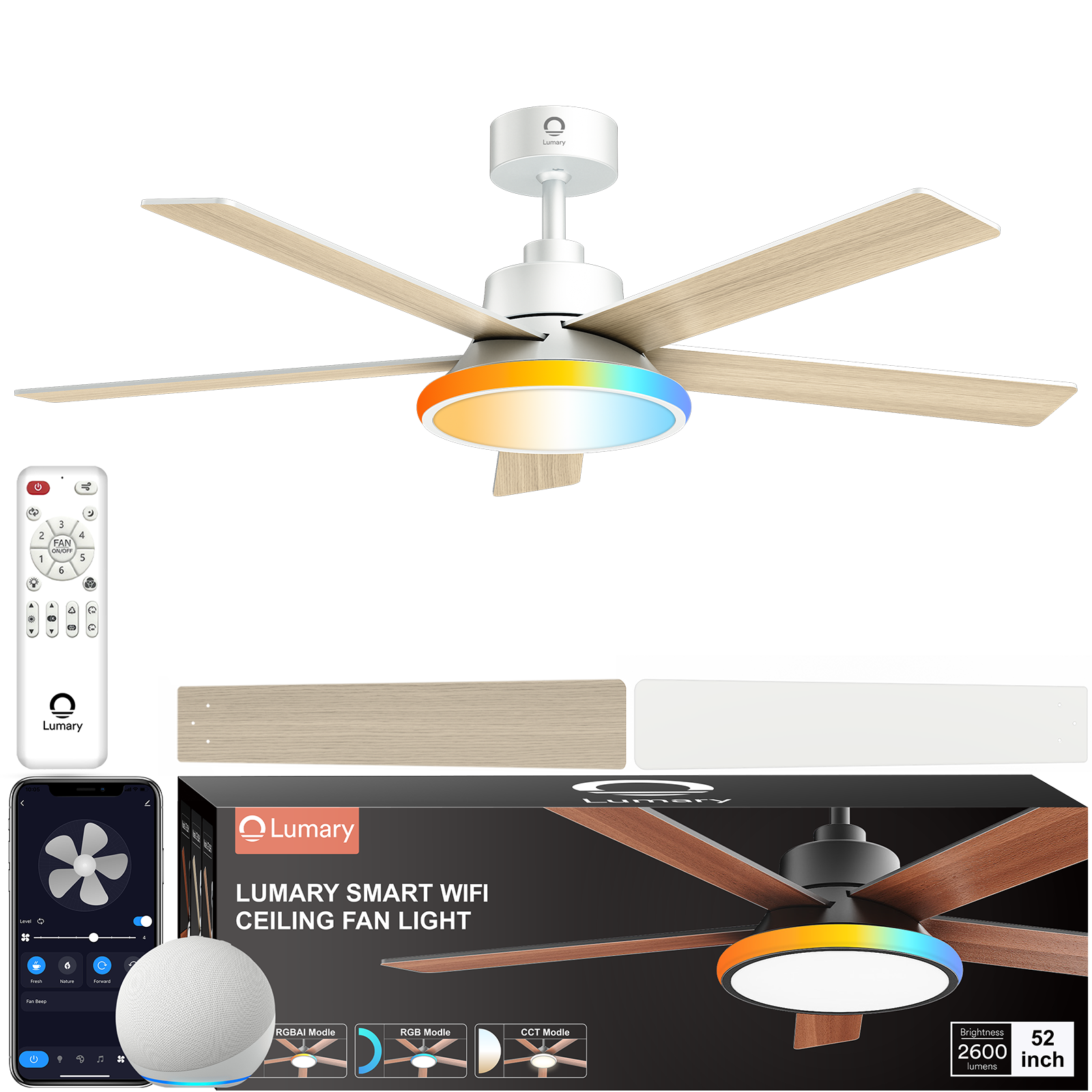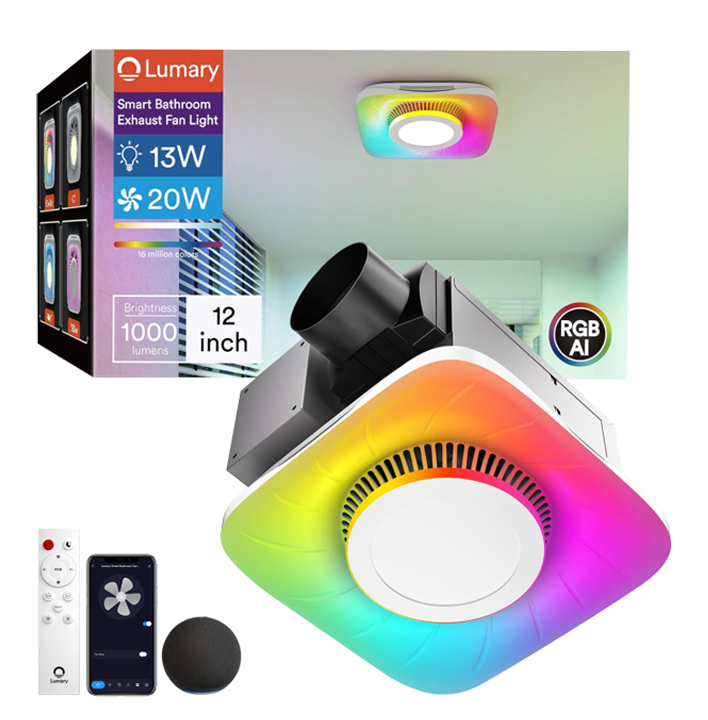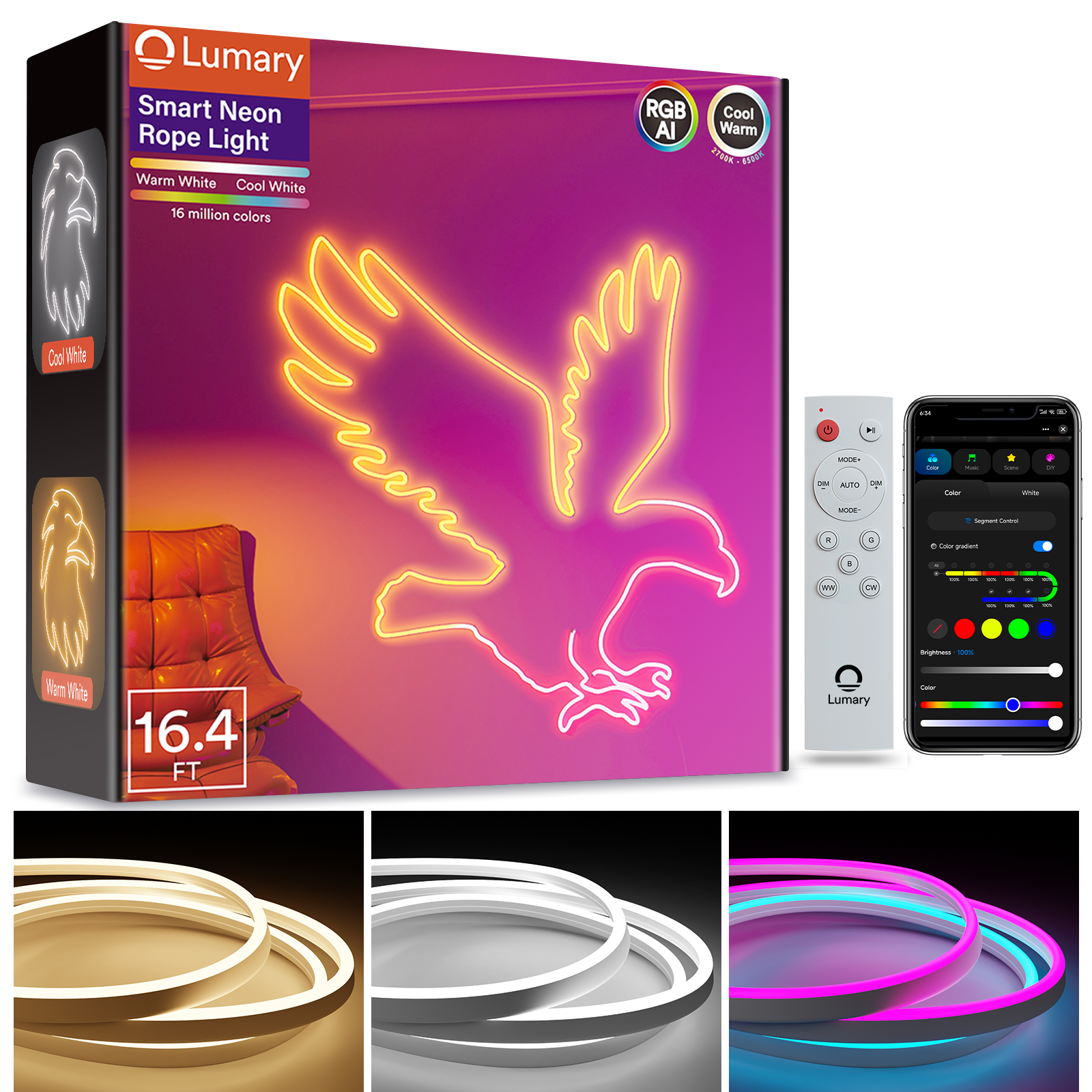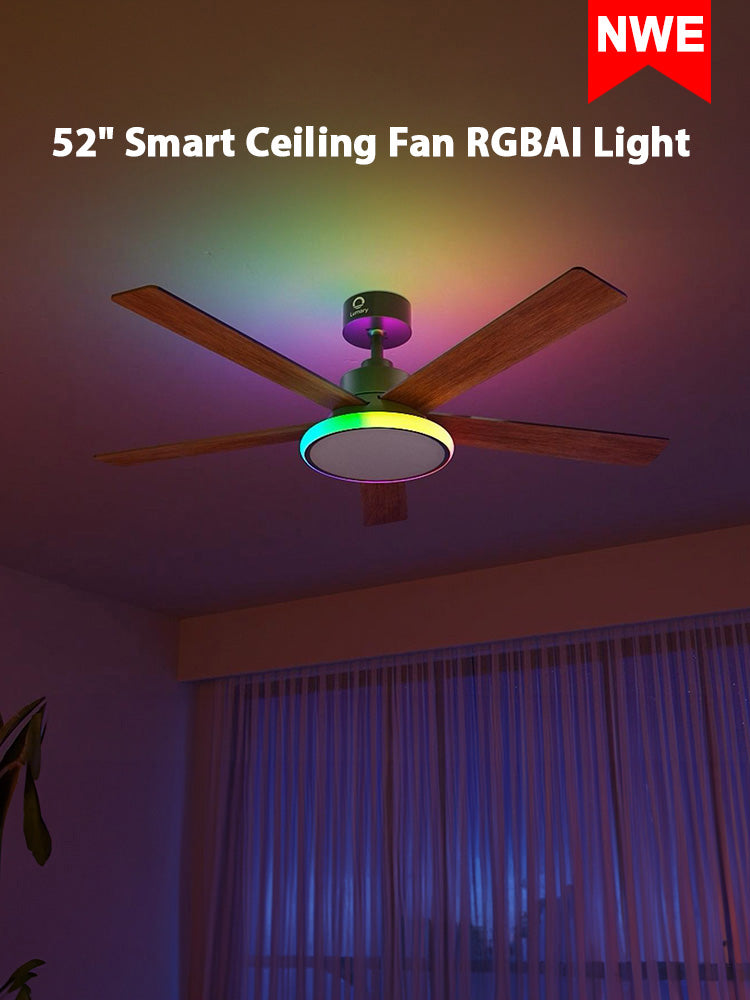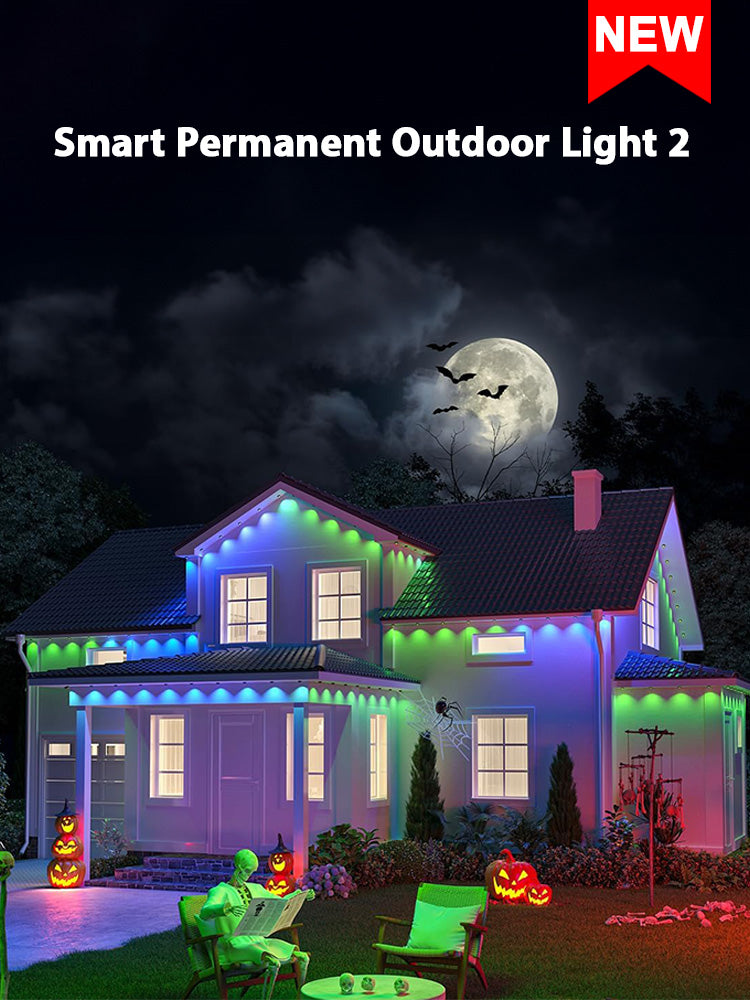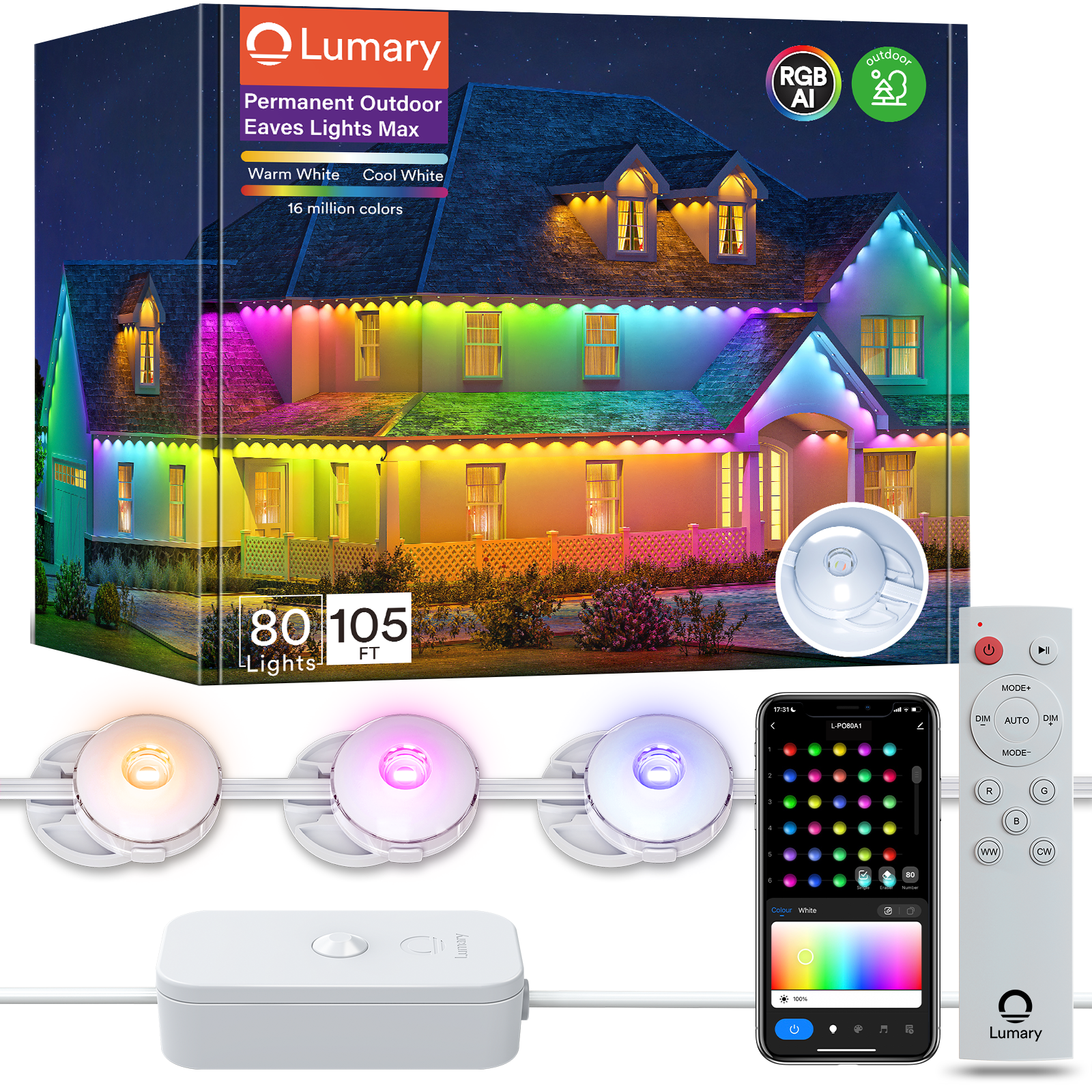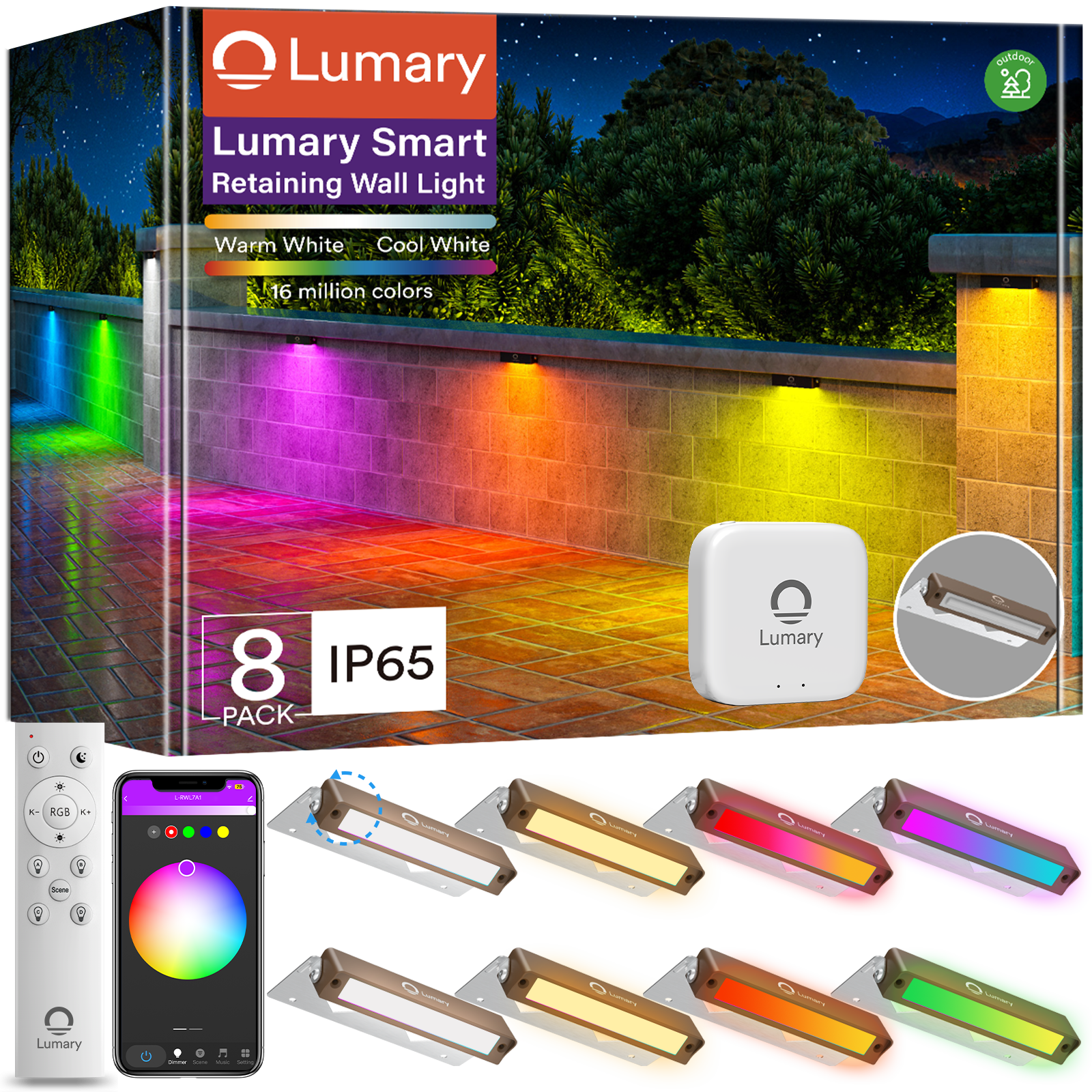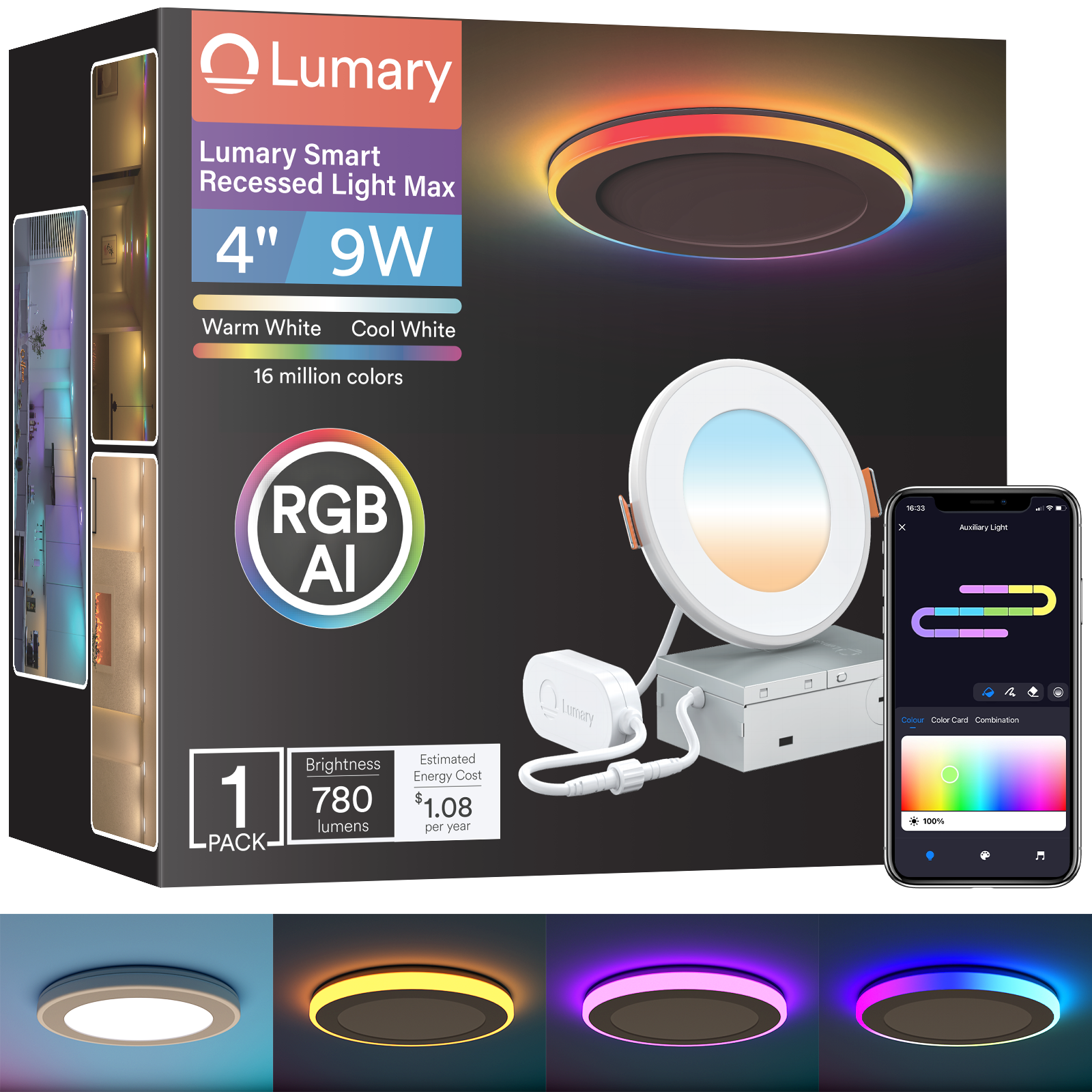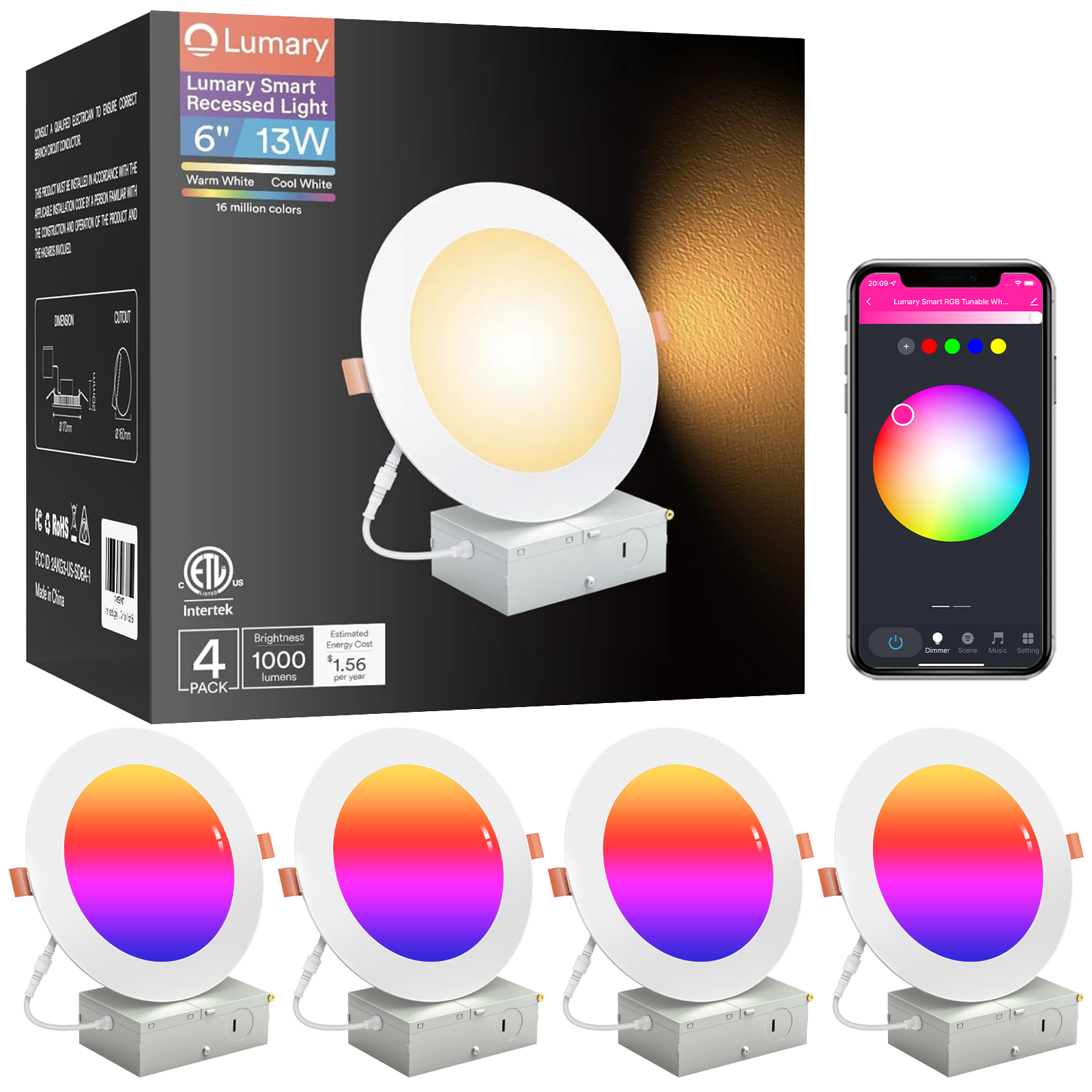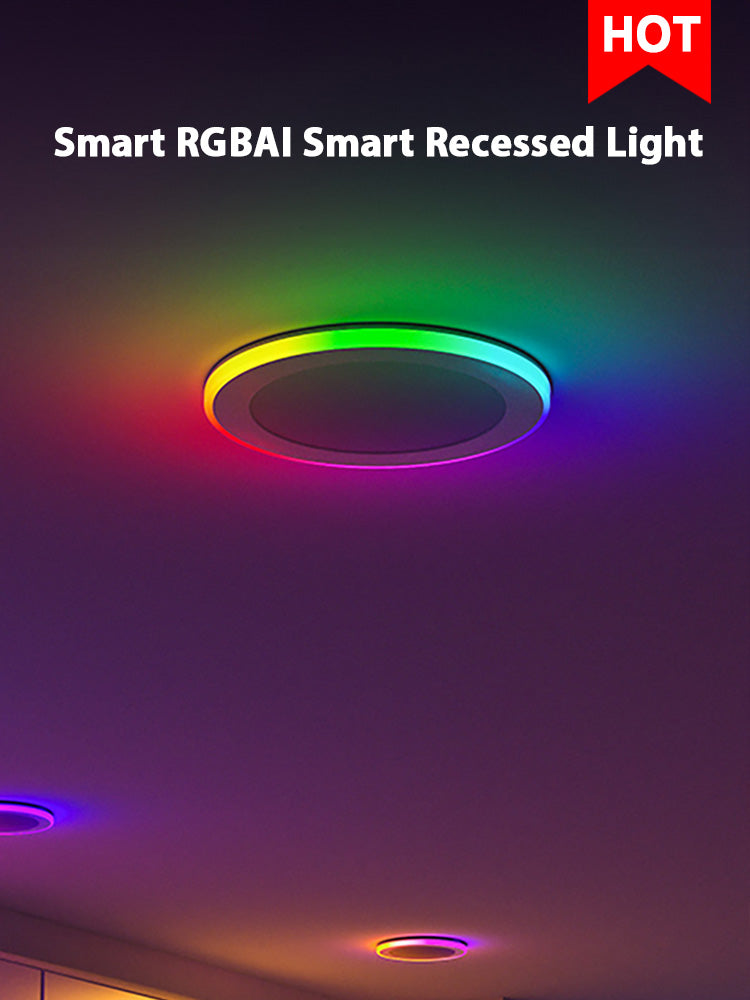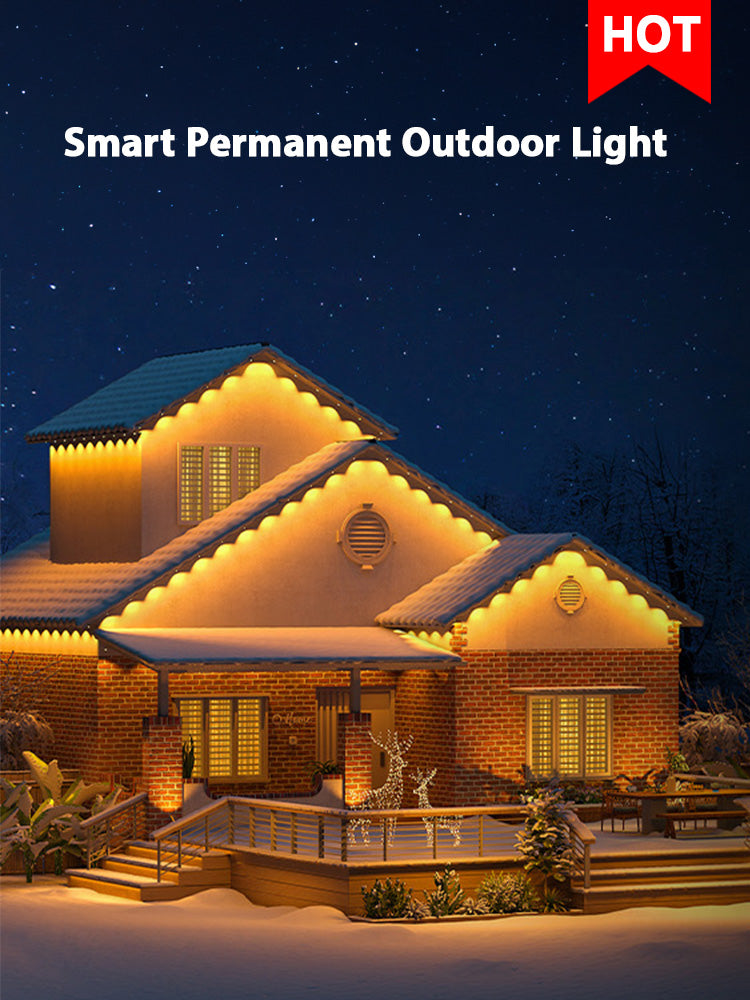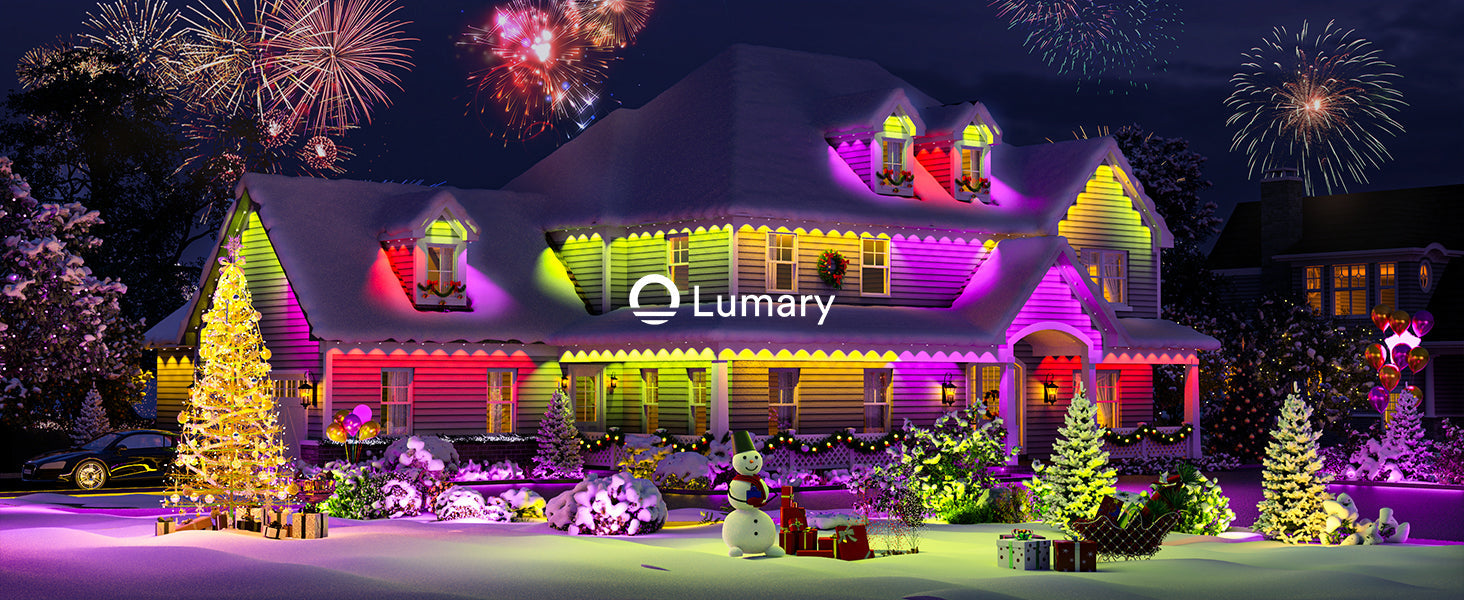Introduction
The right outdoor lighting can make your yard look magical at night, keep your paths safe to walk on, and even boost how much your home is worth. But it's really annoying when those lights start to go dim and lose their sparkle. If you're nodding along because your landscape lights aren't as bright as they used to be, you're not alone. This article is all about figuring out why that happens-from picking the wrong light bulbs to problems with the electricity getting to them-and how to get those landscape lights shining brightly again.
Figuring Out Why Your Landscape Lights Lack Luster
Choosing the Right Bulb Wattage
The strength of the bulb, measured in watts, directly affects how bright your landscape lights are. If you've opted for energy-saving low-wattage bulbs, they might not provide enough illumination for your yard. To achieve the ideal balance between brightness and efficiency, consider using bulbs with the right lumen output. For more details, check the manufacturer's recommendations for wattage based on the area you need to illuminate.
Getting the Bulb Choice Right
Selecting the perfect bulb means looking beyond just wattage. The type of bulb makes a big difference, too. LED bulbs, for example, are more energy-efficient and last longer than traditional halogen bulbs, but they sometimes provide a different kind of light, which may seem less intense. Make sure you're using outdoor-rated bulbs-they're designed to stand up to the weather and give off the right kind of light for your space.
Time Takes a Toll on Bulbs
Over time, any bulb starts to fade. You'll notice this as they begin to emit a weaker light. Keep an eye out for signs like dimming, flickering, or a color shift. These are your clues that it's time to replace old bulbs with fresh ones to restore the full glow of your garden lights.

Power Plays a Big Part
Voltage Variations Matter
Your outdoor lights need the right amount of power to shine brightly. If the voltage in your electrical system isn't stable, your landscape lights could end up dim. Voltage fluctuations can happen if your lights are too far from the power source or if you've got too many lights hooked up to one transformer.
Checking and Fixing Voltage Issues
You can test the voltage at each light with a multimeter-a handy tool that measures electrical current. If the reading is lower than it should be, you may need to switch up your wiring or add another transformer to balance the load.
Power Supply Matching
Make sure your transformer-the device that powers your landscape lights-can handle the total wattage of all your lights combined. If it's not up to the task, your lights will be weak and underwhelming. Upgrading to a stronger transformer can give them the juice they need to shine bright.
Placement Can Make or Break Brightness
- Installation Angles and Heights: Installing your lights too high or at the wrong angle can spread the light too thin, making it look dim. Play around with the height and angle until you find the perfect position that spreads the light evenly and effectively across your landscape.
- Avoiding Obstructions: Things like trees, bushes, or even your home itself can block or absorb the light, making it seem dimmer than it is. Regularly trim greenery and consider moving landscape lights away from large obstacles to ensure they're not being blocked.
Battle Against the Elements
- Keeping Fixtures Clean: Outdoor lights get dirty-it's inevitable. Dust, dirt, and other gunk can cover your landscape lights and stop them from shining as brightly as they should. A simple cleaning now and then can make a huge difference. Just be gentle, use appropriate cleaners, and avoid harsh chemicals that could damage the fixtures.
- Weather Woes: Rain and humidity can also mess with your lighting. Moisture can get into fixtures and dull the brightness or even cause short circuits. Make sure your outdoor lighting is suited for your climate, and keep an eye on seals and protective covers that keep moisture out.
Investing in Quality Fixtures
Not all outdoor light fixtures are created equal. Some are designed better than others to throw bright light where it's needed. If your fixtures are poorly designed with low-quality materials, no amount of tweaking bulbs or power will fix them. It might be worth investing in some high-quality fixtures with good reflectors that direct the light properly.
Make Your Outdoor Lights Shine
Routine maintenance is the unsung hero when it comes to bright landscape lighting. A little bit of care can prevent a lot of issues that cause dimming.
Daily and Weekly Care Tips
Get into the habit of doing a quick check on your landscape lights regularly. If you notice any debris or dirt building up, give them a gentle clean. It's also a good idea to walk around once a week with a soft cloth and some suitable cleaner to keep your lights clear and bright.
Preserving Custom Features
Long-Term Care: For special features like solar panels or intricate glass designs, follow the manufacturer's instructions for care. Keeping these parts of your landscape lights clean and well-maintained will ensure they work as intended and continue to light up your yard effectively.
Ensure Long-Term Brightness
Bulbs don't last forever. Even LEDs, which have a longer life span, eventually dim. Keep track of when you installed your bulbs and their expected lifetime so you can replace them before they start to fade.
- Seasonal Adjustments: Through the year, the natural environment changes-plants grow, the weather shifts-and your lighting should adapt too. In spring, prune back foliage that may have grown over your lights. After harsh weather, check fixtures for damage and make repairs as needed.
- Professional Audit: If you've gone through all these steps and your landscape lights are still dim, it might be time to call in an expert. A professional lighting technician can assess your system and pinpoint issues that aren't obvious to the untrained eye. They can also recommend upgrades or adjustments to enhance the overall brightness of your landscape lighting.
Brighten Up: The Final Touches
To achieve a well-lit landscape, start by embracing smart controls such as timers, dimmers, and motion sensors. Timers automate your lights to operate only when needed, saving energy and extending the life of your bulbs. Dimmers allow you to adjust the brightness for different occasions, while motion sensors ensure landscape lights are activated only with detected movement, enhancing both convenience and security. Strategic placement is key; rather than adding more lights, focus on positioning existing ones to spotlight features or illuminate paths, which can make a significant difference in your landscape's appearance.
Next, enhance your lighting without additional fixtures by utilizing the reflective properties of your environment. Light-colored walls, water features, and shiny foliage can serve to amplify your landscape lighting naturally. For a more substantial upgrade, consider switching to LED bulbs for their efficiency and longevity, and check that your wiring and transformers are adequate to handle your lighting setup. This will prevent performance issues and maintain consistent brightness.
Finally, balance is essential; an overly bright landscape can be as ineffective as a dim one. Aim for a warm, inviting glow that highlights the best features of your outdoor space without being harsh or overpowering. Adjust your lighting scheme with the seasons to compensate for changing light conditions throughout the year. Investing in durable, high-quality fixtures will also minimize the need for frequent replacements, ensuring that your landscape remains beautifully lit for years to come. With these adjustments, your outdoor lighting will not only be bright but also adaptable, efficient, and enduring.
Crafting a Well-Lit Landscape Year-Round
Maintaining bright landscape lighting year-round comes down to a few smart practices. Adjust your lights as seasons change: use brighter ones for summer nights and stronger ones in winter. Make sure they're weatherproof, especially if you live somewhere with harsh weather. Using technology can make managing your outdoor lights easier; things like smart systems let you control lights from your phone and change them according to the occasion.

Keep your lighting system fresh by replacing old fixtures and choosing energy-efficient options like LEDs, which are kinder to the environment and your wallet. Personalize your space with flexible lighting that can be changed for different events, and use reflective decorations like mirrors to amplify light naturally. Aim for a balance where your yard is safe and functional but also cozy and inviting. With these simple steps, your outdoor space will stay well-lit and welcoming throughout the year.

